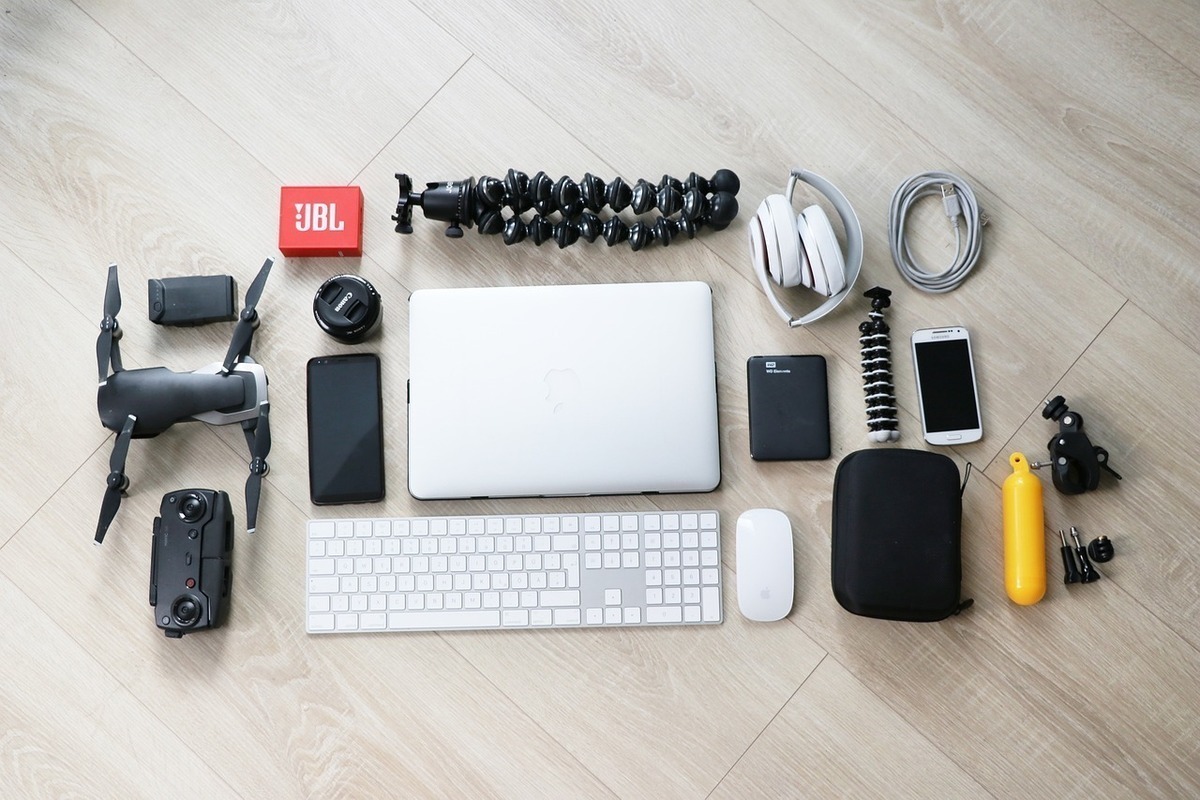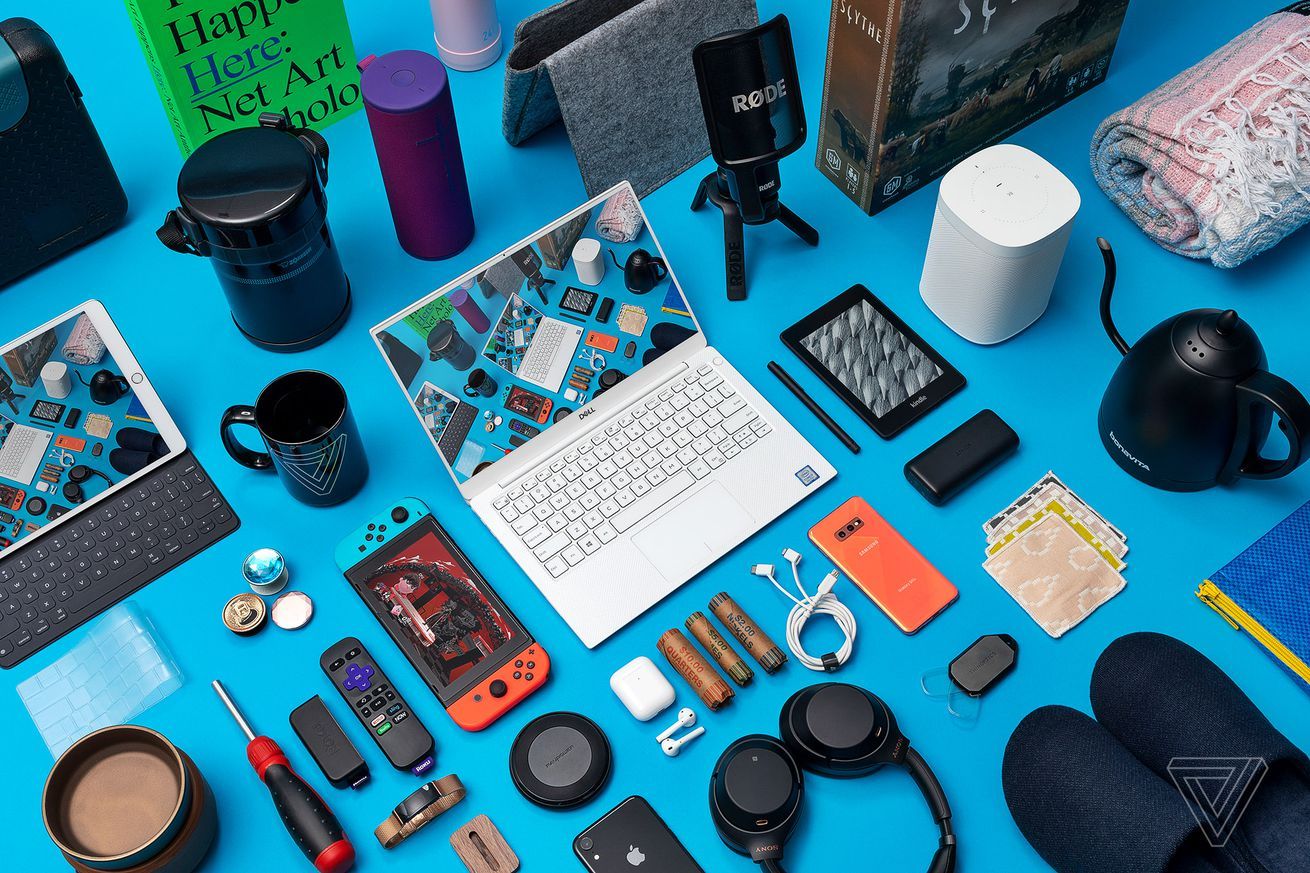Wearable technology, often called “wearables,” refers to electronic devices designed to be worn on the body. These devices serve a variety of functions, from fitness tracking and health monitoring to enhancing communication and entertainment experiences. Over the past decade, wearable technology has evolved from niche gadgets to mainstream products, impacting various industries such as healthcare, fitness, entertainment, and even fashion.
As technology continues to advance, wearables are becoming increasingly sophisticated, integrating seamlessly into daily life to help individuals monitor their health, stay connected, and optimize their productivity. The marriage of fashion and technology has also opened new possibilities, allowing wearables to serve as both functional devices and stylish accessories.
In this comprehensive guide, we will explore the different types of wearable tech, their uses, the industries they are transforming, the challenges they face, and what the future holds for wearable technology.
1. The Evolution of Wearable Technology
The concept of wearable technology is not new. The first wearable computing device dates back to the 1960s when Edward Thorp, a mathematician, created a device called the “thorp’s blackjack” that could predict roulette outcomes. However, wearable technology truly began to gain traction in the 21st century with the rise of consumer-grade products.
- Early Wearables: The first mainstream wearable device was the pedometer, which tracked steps and basic activity. In the early 2000s, simple fitness trackers such as the Nike FuelBand and Fitbit started to emerge, offering a more personalized approach to health and fitness tracking.
- Smartwatches and Fitness Trackers: As technology advanced, wearable devices became more integrated with smartphones. The release of the Apple Watch in 2015 marked a significant milestone in the wearable tech market, with the device combining fitness tracking, communication, and entertainment into a single, stylish product. Other companies, such as Samsung and Garmin, followed suit with their own smartwatches and fitness trackers.
- Health and Medical Wearables: In recent years, there has been a significant shift towards health-related wearable tech. Devices like continuous glucose monitors (CGMs), heart rate monitors, and sleep trackers have become more common, providing real-time data to users and healthcare providers.
The wearable technology industry continues to innovate, and now, wearables are no longer just limited to fitness trackers and smartwatches—they have expanded into various categories, including smart glasses, hearing aids, smart clothing, and even brain-computer interfaces.
2. Types of Wearable Technology
Wearable technology is diverse, offering a wide range of devices designed for various purposes. Below, we’ll break down some of the most popular categories of wearable tech:
A. Smartwatches
Smartwatches are among the most popular and versatile types of wearable devices. These watches provide more than just timekeeping; they act as an extension of your smartphone. Smartwatches offer features like fitness tracking, heart rate monitoring, notifications, GPS navigation, and even the ability to make calls and send texts.
Key Players:
- Apple Watch: One of the most iconic smartwatches, the Apple Watch offers a range of features, including fitness tracking, ECG monitoring, fall detection, and seamless integration with iPhones.
- Samsung Galaxy Watch: Samsung’s smartwatches feature fitness tracking, blood oxygen monitoring, and integration with Android devices.
- Garmin Fenix Series: Known for their robust fitness and outdoor adventure tracking capabilities, Garmin’s smartwatches cater to athletes and outdoor enthusiasts.
Use Cases:
- Health Monitoring: Smartwatches track various health metrics, including heart rate, blood oxygen levels, and ECG readings, helping users monitor their well-being.
- Notifications: Smartwatches allow users to receive notifications, such as texts, emails, and social media alerts, without needing to pull out their phones.
- Fitness Tracking: Built-in activity trackers allow users to monitor workouts, calories burned, steps taken, and even sleep quality.
B. Fitness Trackers
Fitness trackers are designed primarily to monitor physical activity and health metrics. These devices are typically more lightweight and affordable than smartwatches but offer similar functionality when it comes to fitness tracking.
Key Players:
- Fitbit: One of the pioneers in the fitness tracker market, Fitbit’s devices track steps, calories, sleep patterns, and heart rate.
- Xiaomi Mi Band: A budget-friendly fitness tracker offering basic activity monitoring, sleep tracking, and heart rate monitoring.
- Whoop Strap: Focused on health and performance tracking, Whoop is used by athletes to monitor strain, recovery, and sleep patterns.
Use Cases:
- Physical Activity Monitoring: Fitness trackers track metrics such as steps, distance, calories burned, and active minutes.
- Sleep Tracking: Many fitness trackers include sleep tracking features, providing insights into sleep quality and patterns.
- Heart Rate Monitoring: Fitness trackers with heart rate sensors help users monitor their cardiovascular health during workouts and throughout the day.
C. Smart Glasses
Smart glasses are a futuristic wearable technology that integrates augmented reality (AR) with daily life. These glasses display information, enable hands-free interactions, and often feature voice controls, making them a blend of fashion, technology, and utility.
Key Players:
- Google Glass: Google’s early attempt at smart glasses, which provided users with basic information through a small display mounted on the lens.
- Microsoft HoloLens: A more advanced AR headset that blends digital elements with the real world, used in industries like gaming, healthcare, and education.
- Snap Spectacles: Smart glasses that combine video recording, photo capture, and social media sharing with a stylish design.
Use Cases:
- Augmented Reality: Smart glasses can display virtual information overlaid on the real world, enhancing user experience in gaming, navigation, and training.
- Hands-Free Communication: Some smart glasses allow users to make calls, send messages, or access digital assistants, providing a hands-free way to stay connected.
D. Smart Clothing
Smart clothing is a rapidly growing category of wearable tech that incorporates sensors and other technology directly into fabrics. These garments are designed to track a variety of biometric data, including heart rate, muscle activity, and even sweat levels.
Key Players:
- Athos: Athos offers smart activewear that tracks muscle effort and provides feedback to optimize training.
- Hexoskin: This brand produces smart shirts and compression garments that track metrics such as heart rate, breathing, and activity level.
- OMsignal: OMsignal designs clothing that monitors heart rate, breathing, and activity levels, offering data through a mobile app.
Use Cases:
- Performance Monitoring: Smart clothing is used by athletes and fitness enthusiasts to track performance and improve workout efficiency.
- Health Monitoring: Some smart clothing, such as those designed for elderly individuals, can detect falls, monitor vital signs, and send alerts to caregivers or family members.
- Posture Correction: Certain garments are designed to help users improve their posture by providing feedback when they slouch or hunch over.
E. Smart Hearing Aids and Earbuds
Smart hearing aids and earbuds have evolved to include advanced audio features, real-time sound filtering, and health monitoring. These wearables are particularly beneficial for people with hearing impairments, offering clear audio while also tracking health data.
Key Players:
- Apple AirPods Pro: With features like active noise cancellation, transparency mode, and health tracking, these earbuds provide both entertainment and health benefits.
- Bose Hearphones: Designed to amplify speech and reduce background noise, these hearing aids cater to users with hearing impairments.
- Eargo: A smart hearing aid brand that focuses on discreet, comfortable, and effective hearing solutions for individuals with hearing loss.
Use Cases:
- Audio Enhancement: Smart hearing aids and earbuds enhance sound clarity, particularly in noisy environments, benefiting those with hearing loss.
- Health Monitoring: Some smart earbuds track heart rate and other vital signs, offering insights into overall health and fitness.
3. Applications and Impact of Wearable Technology
Wearable technology has made a profound impact across multiple industries. Below, we will explore the most significant applications of wearables in various sectors.
A. Healthcare and Wellness
Wearable technology has revolutionized the healthcare industry by providing real-time monitoring of health metrics. These devices can track vital signs like heart rate, blood pressure, and blood sugar levels, offering valuable data to both patients and healthcare providers.
- Health Monitoring: Wearables such as the Apple Watch and Fitbit are equipped with sensors to monitor heart rate, ECG, and oxygen levels, enabling early detection of health issues like arrhythmias or sleep apnea.
- Chronic Disease Management: Devices like continuous glucose monitors (CGMs) have become essential for people with diabetes, providing real-time blood sugar readings and alerts.
- Telemedicine: Wearable devices that track health data can connect to telemedicine platforms, enabling healthcare providers to monitor patients remotely and offer personalized care.
B. Fitness and Sports
Wearable tech has also become an integral part of fitness and sports. Athletes use wearables to optimize their performance by tracking metrics such as speed, distance, heart rate, and recovery time.
- Performance Optimization: Devices like smartwatches, fitness trackers, and smart clothing offer athletes valuable insights into their training routines, helping them maximize their performance and avoid injury.
- Sports Medicine: Wearables equipped with sensors are used in sports medicine to monitor athletes’ movements and biomechanics, allowing for better injury prevention and rehabilitation.
C. Entertainment and Communication
Wearable technology also enhances entertainment and communication, providing users with new ways to experience media and stay connected.
- Smart Glasses and AR: Devices like Microsoft HoloLens and Magic Leap provide users with immersive AR experiences, transforming industries like gaming, education, and entertainment.
- Smart Headphones: Earbuds such as Apple AirPods provide high-quality sound, noise cancellation, and hands-free communication, making them ideal for entertainment and business calls.
4. The Challenges Facing Wearable Technology
While wearable technology offers many benefits, several challenges still need to be addressed:
A. Privacy and Security Concerns
Wearable devices collect a significant amount of personal data, raising concerns about privacy and security. The risk of data breaches, unauthorized access, and misuse of sensitive health data is a significant challenge.
B. Battery Life
Battery life remains a major limitation for many wearable devices. As wearables become more advanced, their power consumption increases, making it difficult to maintain long-lasting battery performance.
C. Comfort and Aesthetics
For wearables to become more mainstream, they must be both comfortable and aesthetically pleasing. Wearable devices must strike a balance between functionality and fashion, making them desirable for everyday use.
5. The Future of Wearable Technology
The future of wearable technology is incredibly promising. As technology advances, wearables will continue to become more integrated into our daily lives. Innovations in AI, machine learning, and biometric sensors will make wearables smarter, more personalized, and more capable of assisting with various tasks, from health monitoring to augmented reality experiences.
The growth of wearable technology in healthcare, fitness, and entertainment suggests that wearables will only become more prevalent in the coming years, offering consumers a wealth of new possibilities for improving their lifestyles.
Conclusion
Wearable technology is transforming the way we live, work, and interact with the world around us. From health monitoring and fitness tracking to augmented reality and communication, wearables offer numerous benefits across various industries. As the technology continues to evolve, we can expect even more innovations that will enhance our lives, providing greater convenience, efficiency, and connectivity. However, challenges such as privacy concerns, battery limitations, and the need for improved comfort will need to be addressed for wearables to reach their full potential in the future.
The future of wearable technology is bright, and it is clear that these devices will play an essential role in shaping the future of personal tech and lifestyle.






Leave a Reply